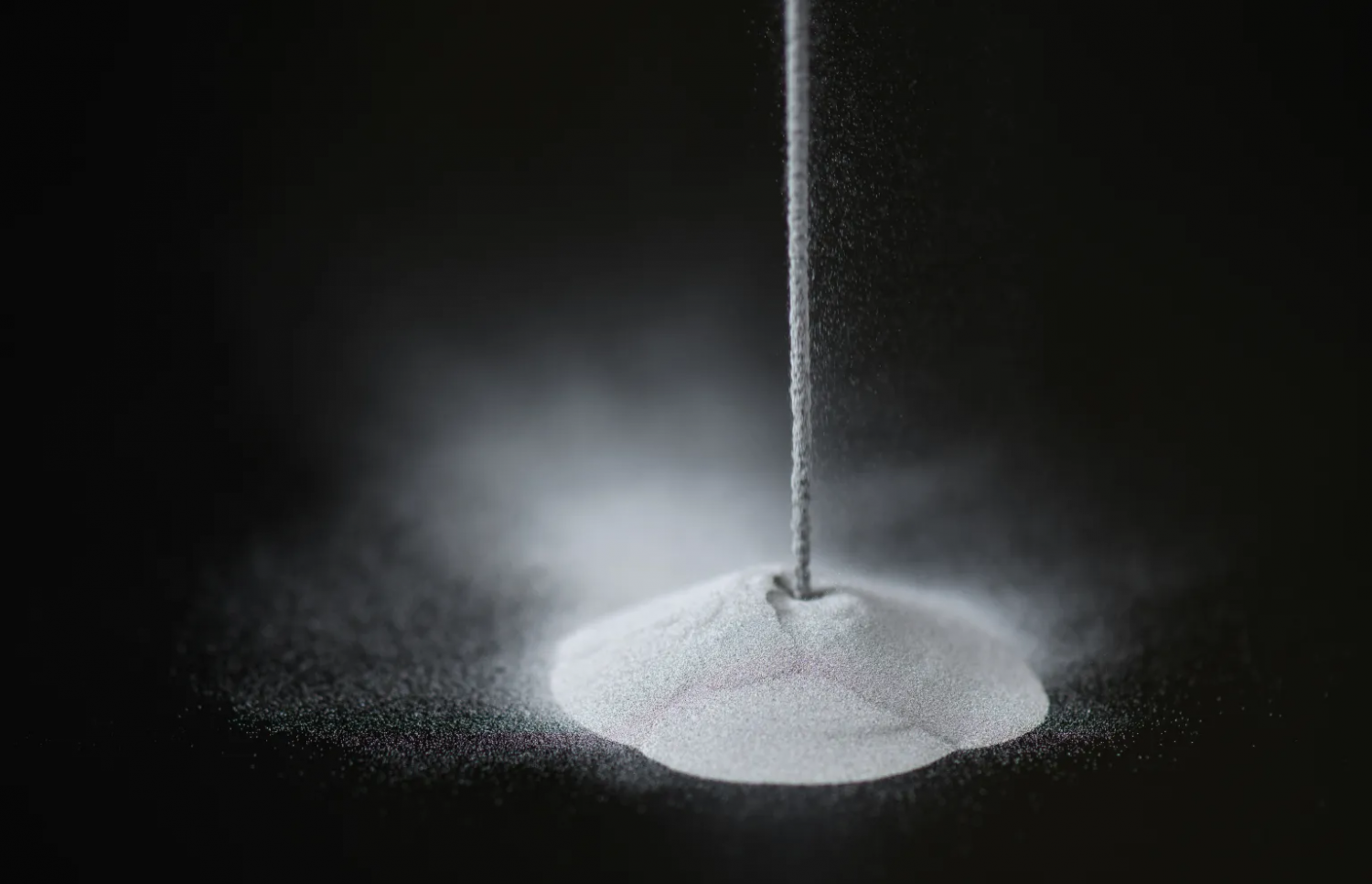

NASA has made a groundbreaking investment in a superalloy known as GRX-810, a nickel-based alloy that can withstand temperatures exceeding 2,000 degrees Fahrenheit and endure more stress and oxidation than traditional materials. The alloy has properties that include lasting up to 2,500 times longer, flexing nearly four times more before breaking, and resisting oxidation damage twice as effectively as other nickel-based alloys. Researchers Tim Smith and Christopher Kantzos developed GRX-810 using computer modeling and a laser 3D-printing process [112561ab] [badc6b06].
NASA has licensed GRX-810 to four American companies, Carpenter Technology Corporation, Elementum 3D, Linde Advanced Material Technologies, and Powder Alloy Corporation, to produce and market the alloy to airplane and rocket equipment manufacturers. The adoption of this alloy is expected to lead to more sustainable aviation and space exploration, as components made from GRX-810 will last longer and improve fuel efficiency [112561ab] [badc6b06].
The development of GRX-810 is a collaborative effort involving NASA's Glenn Research Center, Ames Research Center, The Ohio State University, and Marshall Space Flight Center. Through its Technology Transfer Program, NASA has successfully transitioned more than 2,000 technologies to the commercial sector [badc6b06].
This investment in GRX-810 is a significant boost to the US economy and the aerospace industry. The licensing of GRX-810 to American companies opens up opportunities for innovation and advancement in aircraft and spacecraft manufacturing. The use of this superalloy in the production of airplane and spacecraft parts is expected to improve overall fuel efficiency and reduce operating costs. The durability and resistance to extreme conditions offered by GRX-810 will contribute to the development of stronger and more reliable aerospace components. GRX-810 is engineered to withstand extreme conditions encountered in air and spaceflight, with exceptional durability and strength. It can endure temperatures exceeding 2,000 degrees Fahrenheit and is suitable for high-stress components such as liquid rocket engine injectors, combustors, and turbines. Compared to conventional alloys, GRX-810 offers superior performance, prolonging the operational lifespan of aerospace components by up to 2,500 times. The widespread adoption of GRX-810 is expected to drive significant cost savings and improved efficiency in the aerospace industry, leading to more sustainable aviation and space exploration [112561ab] [badc6b06].
NASA's investment in GRX-810 is part of its Technology Transfer program, which aims to utilize technology developed for missions for other commercial purposes. The program has licensed over 2,000 technologies to companies, supporting the American economy and driving innovation in various industries [112561ab] [badc6b06].